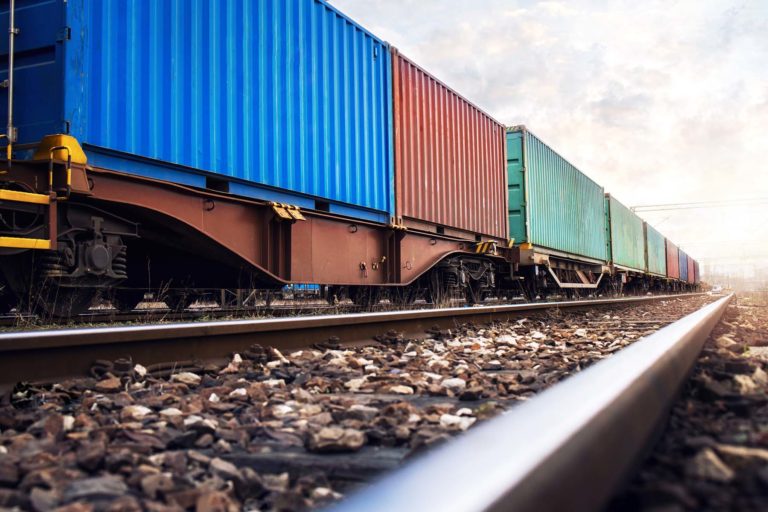As the first project of its kind, the C2PAT project proposed to use innovative technology to capture 700,000 tons of CO2 at the Lafarge site in Mannersdorf from cement production and at OMV facilities to convert these to renewable hydrocarbons with the aid of green hydrogen and electricity supplied by Verbund. These may then be converted to common polymers (polyethylene and polypropylene) and feedstocks for bulk chemical and synthetic fuel production by Borealis. To understand the potential of this technology we were invited to conduct a detailed environmental assessment to calculate the GHG emissions savings and develop credible scalability scenarios.
Our solution
To support the project development, denkstatt carried out a feasibility assessment to evaluate the potential GHG emissions savings. In addition, denkstatt supported the consortium in preparing the project for submission to the European Innovation Fund. As part of this task, in close collaboration with the consortium denkstatt helped to define the degree of innovation of the project and proposed local, sector and regional level scalability scenarios with detailed quantification of required resources and feasibility to implement the proposed scenarios.
Client benefit
Through the cooperation with our experts, the consortium was supported in the joint planning of a full-scale carbon capture plant to then convert these into synthetic fuels, plastics and other chemicals. In particular, denkstatt helped to establish and demonstrate the feasibility of a cross-sectoral value chain for carbon capture products. denkstatt has offered continuous support in the optimization of the project proposal, which provides an innovative solution to reduce emissions from cement production, driving circular carbon pathways and reducing the dependence on virgin plastics production.



